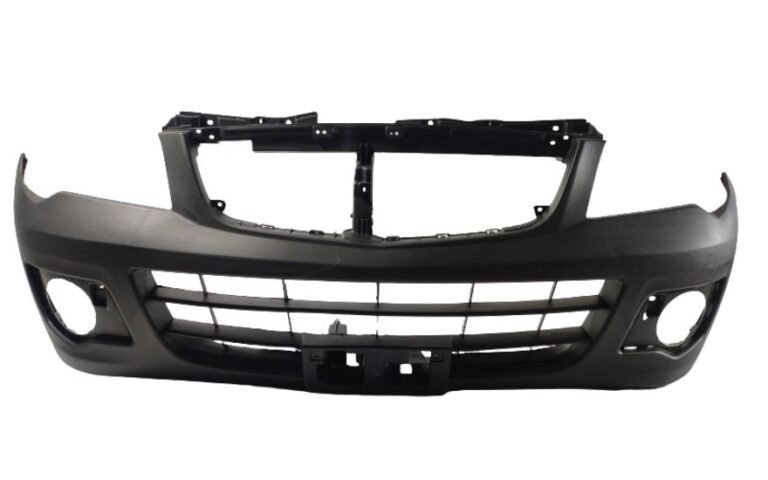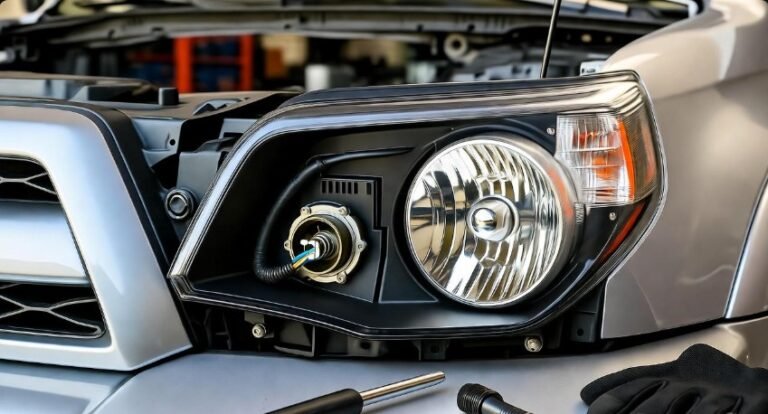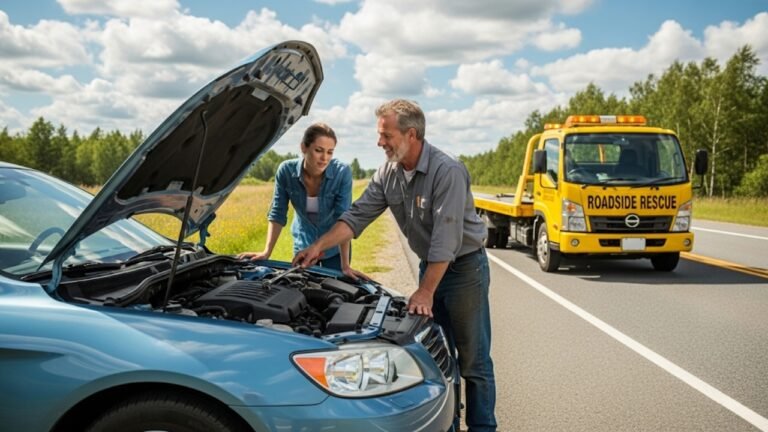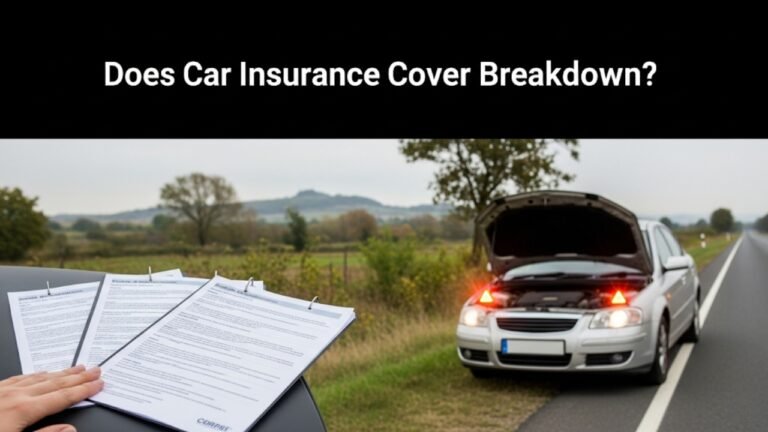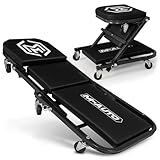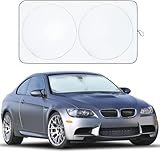Compare Breakdown Car Cover: A Friendly Guide
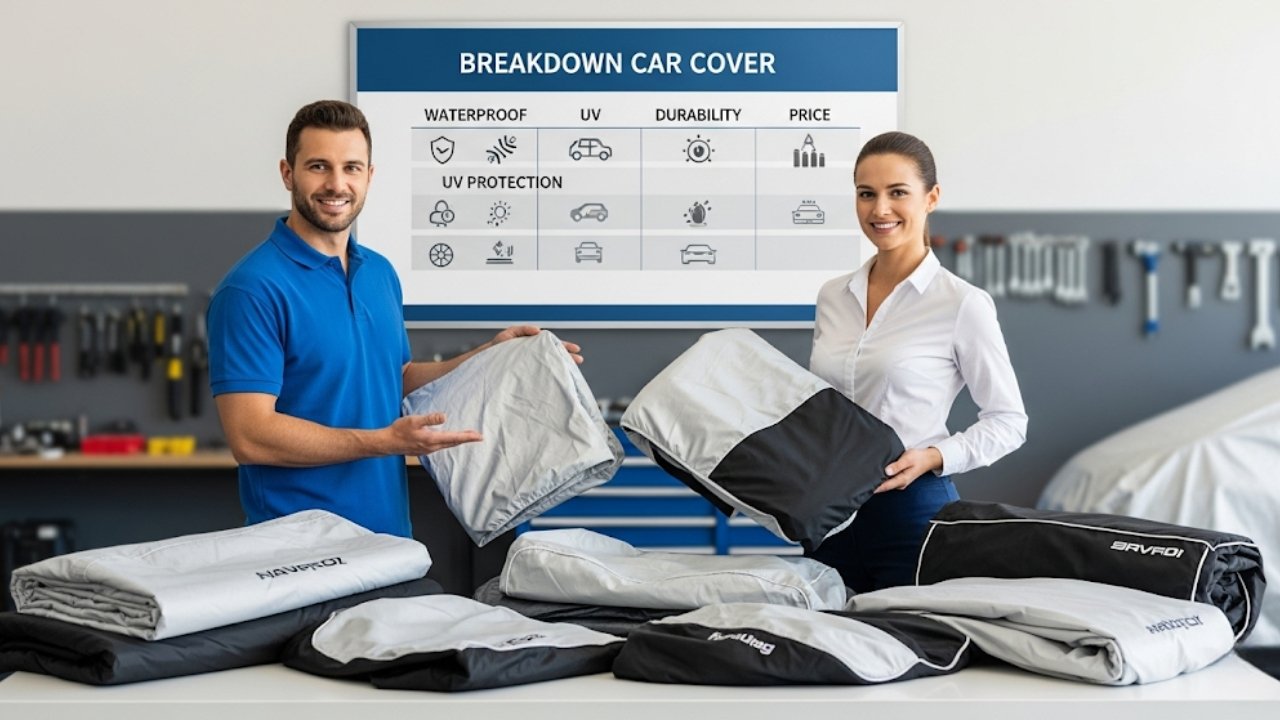
Imagine it’s pouring rain. You’re on a lonely road, and your car gives out with a coughing stutter. Hazard lights flicker. Your phone’s at 15%. You check your wallet… and wonder, “Do I even have breakdown cover?”
I’ve been there. It’s not just about towing or getting a jump start. It’s about peace of mind, especially when you’re miles away from home or work.
When you compare breakdown car cover, you’re not just choosing a service—you’re investing in safety, convenience, and confidence. But with so many options, how do you know which plan truly fits your needs?
Let’s walk through it together. No jargon. No pressure. Just straight-up, helpful advice like a friend would give you.
Why You Should Compare Breakdown Car Cover Before You Commit

Different providers offer different levels of coverage. Some will tow your car 10 miles, others 100. Some fix you up roadside; others charge extra for home callouts. That’s why it’s vital to compare breakdown car cover before locking in a plan.
Here’s what you can get wrong if you don’t compare:
-
Overpaying for services you’ll never use
-
Getting stuck without home start when your car won’t even leave the driveway
-
Missing out on onward travel, leaving you stranded after a breakdown
Comparing plans puts you in control. It’s not just about price—it’s about value.
Real Talk: My Personal Breakdown Story
Let me share something personal. A few years ago, I drove across the country to attend my best friend’s wedding. About 50 miles from my destination, my car started shaking like it had caught a chill. The engine light blinked. I pulled over, heart racing.
I called my provider. They told me I didn’t have national recovery—only local. I ended up spending nearly $300 on towing and missed most of the wedding. That’s when I learned the hard way: don’t skimp on coverage.
If I had taken just 15 minutes to compare breakdown car cover options properly, I would’ve saved money and a whole lot of stress. Now, I always dig into the details—and I suggest you do too.
Main Types of Breakdown Cover Explained Simply
Understanding what’s out there helps you compare breakdown car cover wisely. Here are the four most common types:
1. Roadside Assistance
-
Fixes minor issues at the scene
-
Typically tows to a local garage if unfixable
-
Cheapest option, but limited
2. National Recovery
-
Includes everything from roadside help
-
Tows you and your vehicle anywhere in the country
3. Home Start
-
Covers breakdowns at or near your home
-
Great if your car tends to sleep in during winter
4. Onward Travel
-
Helps with alternative transport, accommodation, or hire car
-
Ideal for road trips or long-distance commuters
What to Look For When You Compare Breakdown Car Cover
It’s easy to get swayed by shiny ads and low prices. But when comparing cover, focus on what really matters to you.
Key Features to Check:
-
Response Time: Average wait time can vary by 30+ minutes
-
Coverage Area: Some plans are UK-only, others include Europe
-
Vehicle or Personal Cover: Some protect the driver, others the car
-
Callout Limits: Unlimited vs. capped annual callouts
-
Garage Network: Nationwide availability or limited zones
-
Extra Services: Battery replacement, tyre changes, lost key support
Use this table as a cheat sheet when you compare breakdown car cover.
Popular Providers: Who Offers What?
When you compare breakdown car cover, knowing who’s in the game helps. Here are some of the top UK providers:
1. AA
-
Trusted name with over 100 years of experience
-
High coverage but often pricier
2. RAC
-
Strong focus on innovation (e.g., battery and fuel delivery)
-
Offers a mix of standard and tailored plans
3. Green Flag
-
Budget-friendly
-
Partners with local garages for wide reach
4. Start Rescue
-
Popular for no-nonsense, affordable options
-
Good app-based service management
5. QDOS or Emergency Assist
-
Great for younger drivers or those on tight budgets
-
Online-only services keep prices low
Each of these companies offers something unique. So instead of picking by name, focus on your needs. That’s the smart way to compare breakdown car cover.
Bullet List: 7 Signs You Need Better Breakdown Cover
-
You drive long distances often
-
Your car is over 5 years old
-
You’ve had more than one breakdown in the past year
-
You’re planning a road trip across the UK or Europe
-
You often drive early morning or late at night
-
You have kids, elderly parents, or pets in the car regularly
-
You want peace of mind, no matter where the road takes you
What Does Breakdown Cover Really Cost? Let’s Talk Numbers
When you start to compare breakdown car cover, price often becomes the main talking point. But like buying shoes, cheaper isn’t always better. You wouldn’t wear flip-flops in the snow, right?
Prices can vary wildly. On average:
-
Basic roadside assistance: £25–£40 per year
-
National recovery with home start: £70–£120
-
Premium plans (with European cover and onward travel): £120–£200+
But don’t just grab the cheapest. Ask: What’s included? What’s the excess?
I once grabbed a £29 policy, only to find out it had a £60 call-out fee every time! That cheap cover? It cost me double in the end.
Key tip: Always check for hidden fees. They love to lurk in the fine print like potholes on a country road.
Watch Out for These Common Pitfalls
Breakdown cover can feel like a safety net. But if you don’t read the details, it’s more like a spider web—looks strong but collapses when you need it most.
Here are some traps to avoid when you compare breakdown car cover:
-
Callout restrictions: Some plans limit the number of free callouts.
-
Exclusions based on age: Cars over 10 or 15 years may be excluded—or come with a surcharge.
-
Distance clauses: Some policies won’t assist if you’re within a mile of your home—unless you have Home Start.
-
Delayed activation: Some cheap plans don’t activate immediately. You could break down today and have to wait 24–48 hours.
-
Not covering personal vs. vehicle: If your cover is vehicle-only, you’re not protected when driving a friend’s car.
Always read the summary of cover. It’s like skimming movie spoilers—you’ll avoid disappointments.
Annual Plans vs. Pay-As-You-Go: Which Is Better?
When you compare breakdown car cover, one major choice you’ll face is how to pay.
Let’s break it down.
Annual Breakdown Cover
-
Fixed yearly payment
-
Covers unlimited or a set number of callouts
-
Usually cheaper in the long run if you drive often
Pay-As-You-Go (PAYG) Breakdown Cover
-
Pay a small monthly fee or just per incident
-
Good if your car is new or rarely used
-
Avoids paying upfront for services you might not use
Example: My neighbor drives just once a week. She pays £7/month on PAYG and only uses it once or twice a year. For her, it works. I drive daily, so I prefer annual plans with unlimited callouts—it saves me hundreds.
Choose based on how often you drive, how old your car is, and your tolerance for risk.
Is European Cover Worth It?
If you’re a fan of French cheese, German autobahns, or spontaneous road trips to Italy, European cover is essential.
Most basic UK breakdown plans won’t follow you across the Channel. But higher-tier or optional upgrades can.
Things to check when comparing European breakdown cover:
-
Language assistance (translators can be lifesavers!)
-
Repatriation (getting your car and you back home)
-
Hotel costs or replacement vehicle support
-
Local garage coordination
I once broke down outside Paris. No Euro cover. The tow alone? €290. Lesson learned.
Breakdown Cover for Electric Cars: Is It Different?
As EVs grow in popularity, breakdown cover is changing too.
When you compare breakdown car cover for electric cars, look for:
-
Flat battery support (not just mechanical breakdown)
-
Charging point delivery if you run out of juice
-
Technicians trained for electric systems
Brands like the AA and RAC have already started rolling out EV-ready vans and training. Some insurers even offer dedicated EV breakdown packages.
If you drive an electric vehicle, don’t assume all cover is the same. Compare with EV-specific needs in mind.
FAQs: Everything You Might Still Be Wondering
1. Can I get breakdown cover just for a single trip?
Yes. Some providers offer short-term breakdown cover, great for road trips or temporary cars.
2. Is personal cover better than vehicle cover?
If you drive multiple cars or ride with others often, personal cover is more flexible. It covers you, not just a single car.
3. Does breakdown cover include accident recovery?
Not always. Some plans exclude accidents—check for “accident recovery” in the policy details.
4. Can I use breakdown cover immediately after buying it?
Some plans have cooling-off periods (24–48 hours). Read the terms before assuming you’re covered today.
5. Will breakdown cover fix my car on the spot?
If it’s a minor issue, yes. But more serious problems usually require towing to a garage.
6. Can I cover more than one car under a single plan?
Yes! Some providers offer multi-car discounts or family packages.
7. Is breakdown cover included in my car insurance?
Sometimes. Check your policy or ask your insurer—it might be bundled in, but with limitations.
8. Can I switch providers mid-year?
Usually, yes. But check for cancellation fees or refund policies.
Final Thoughts: Don’t Gamble With Your Safety
Choosing the right breakdown cover isn’t just ticking a box—it’s choosing how much peace of mind you want every time you turn the ignition.
Here’s the thing: no one plans to break down. It just happens. And when it does, the last thing you want is to be stranded, stressed, and unsure who to call.
When you compare breakdown car cover, take your time. Think about how far you drive, what your budget is, who you drive with, and how much stress you’re willing to carry.
My final tip? Pay attention to the details, not just the price. A few extra pounds a year can save you hundreds—and maybe even your weekend plans.
You’ve got this.

